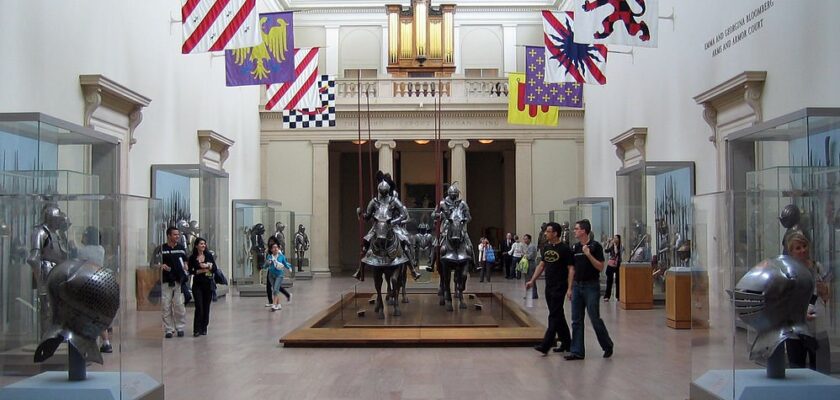The Metropolitan Museum of Art
The Metropolitan Museum of Art receives more than five million visitors each year. It has one of the richest collections in the art world, it is New York City’s most popular tourist destination. The museum is an autonomous city-state from culture, the collection contains two million objects, and the annual budget exceeds $120 million; the galleries, which display paintings and sculptures by 19th-century European masters, have been greatly expanded and renovated.
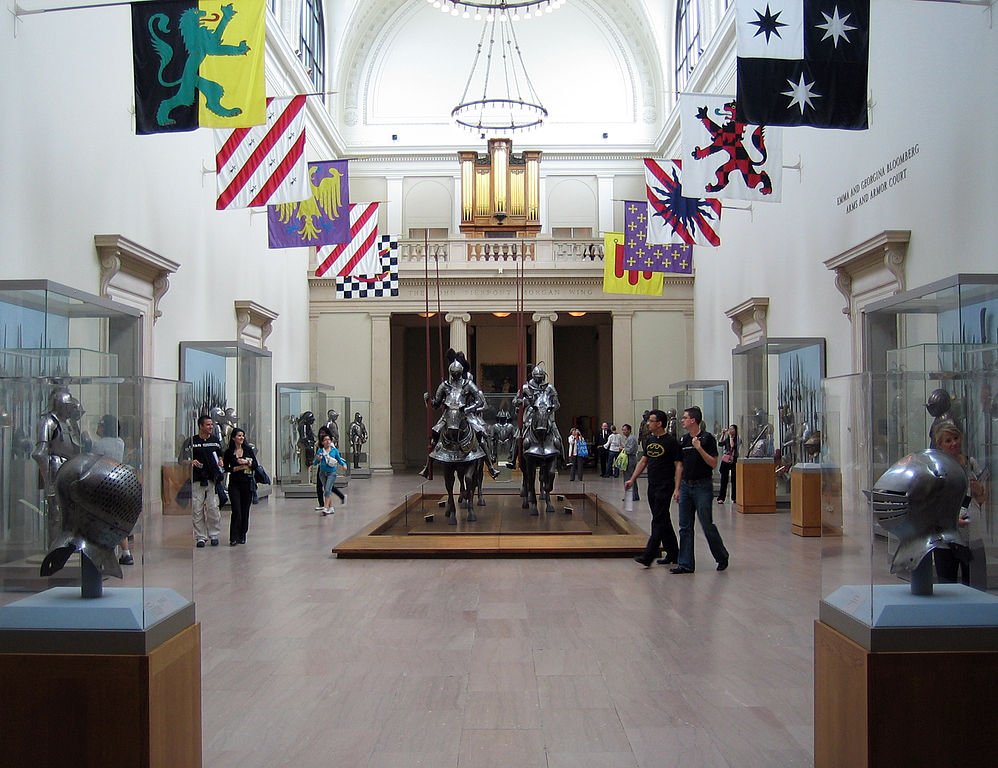
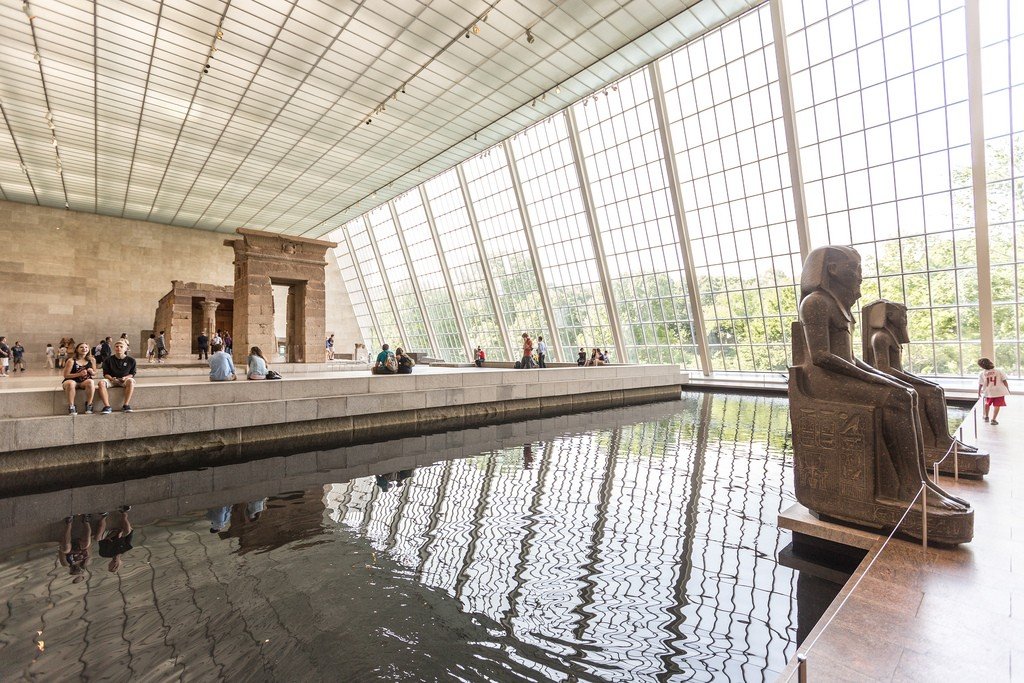
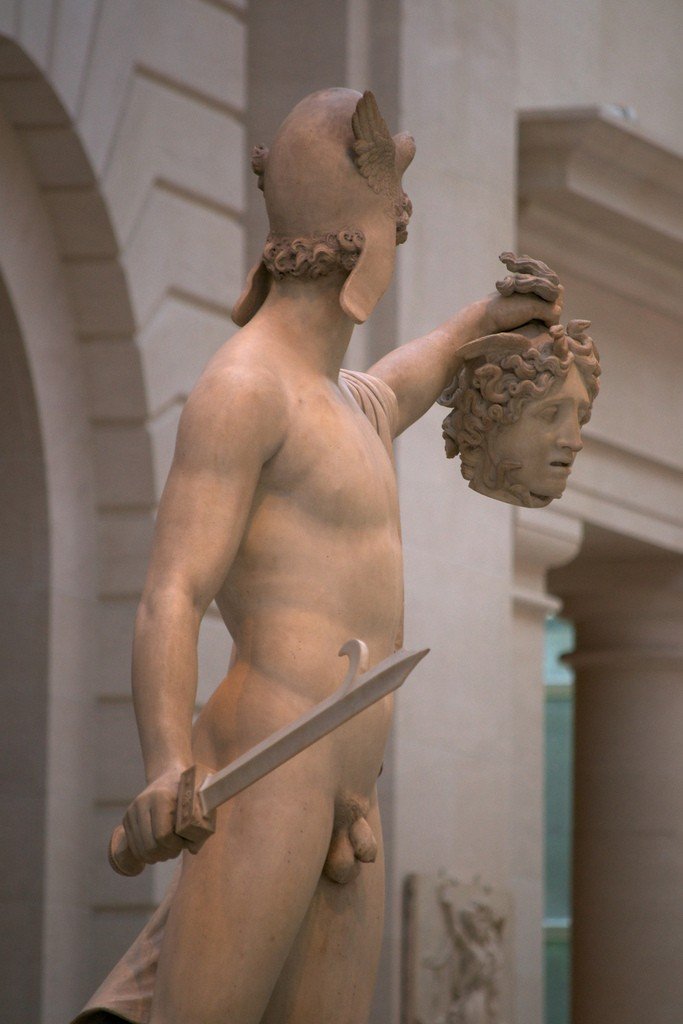
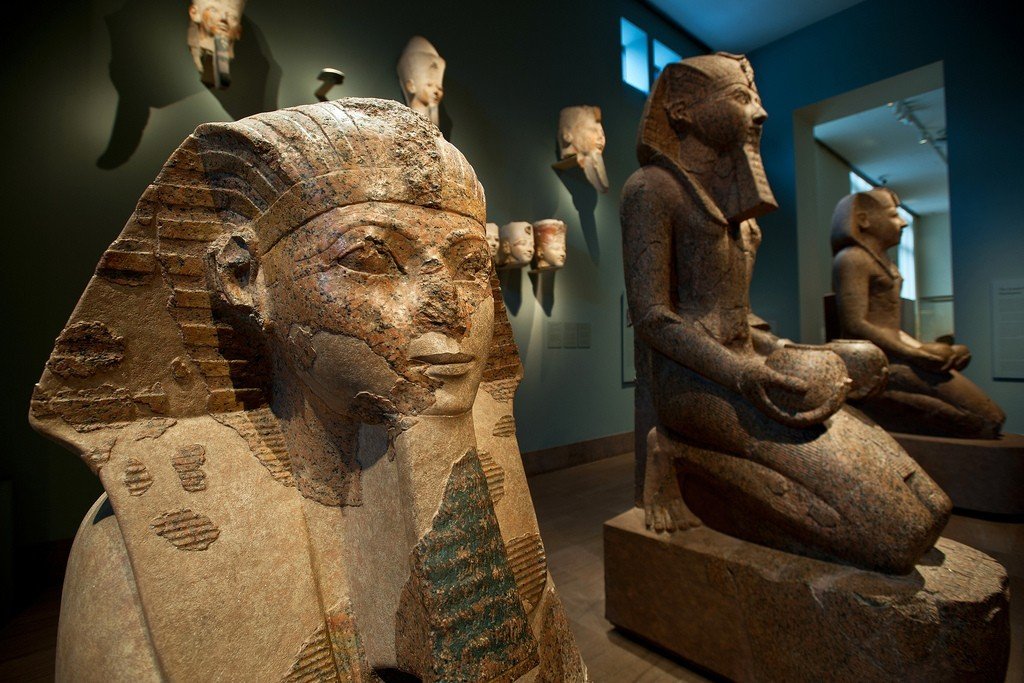
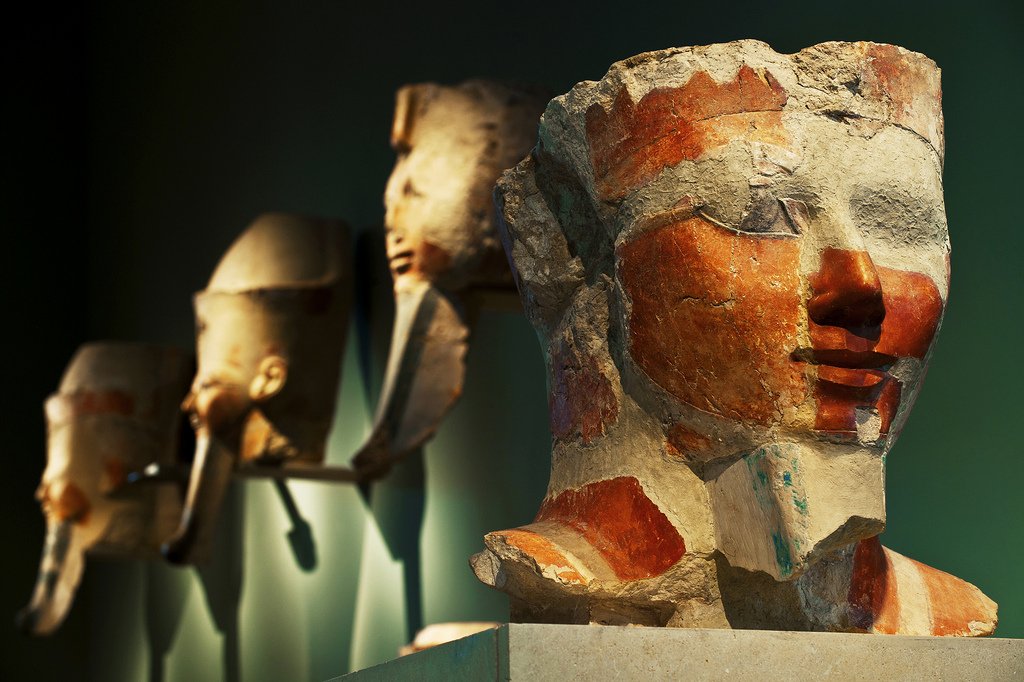
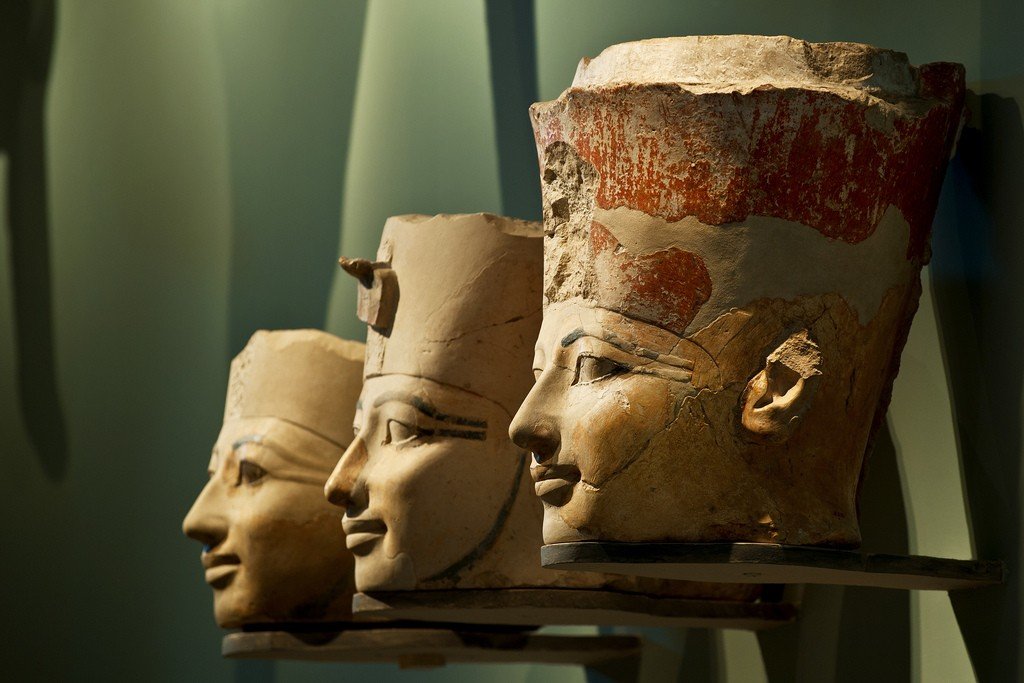
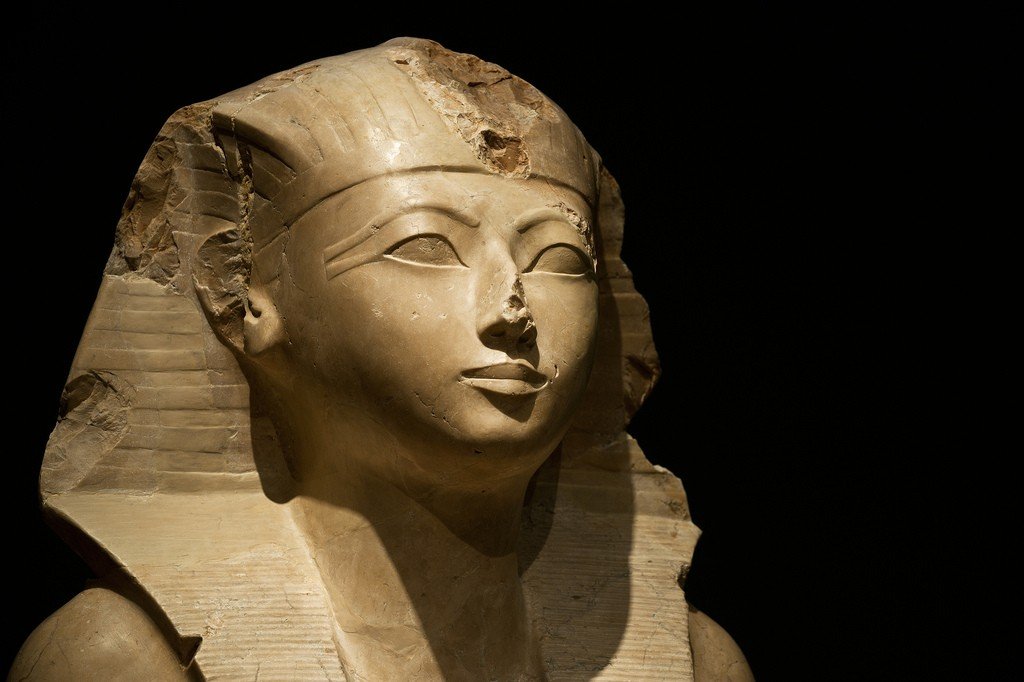
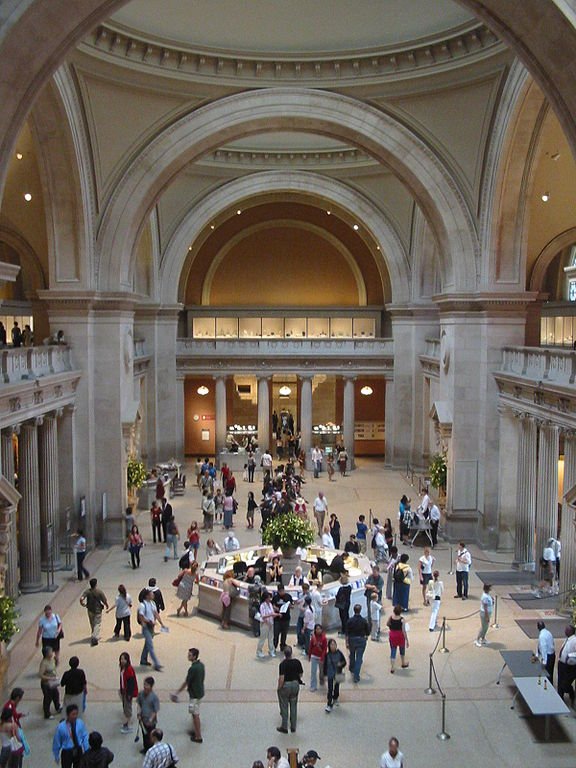
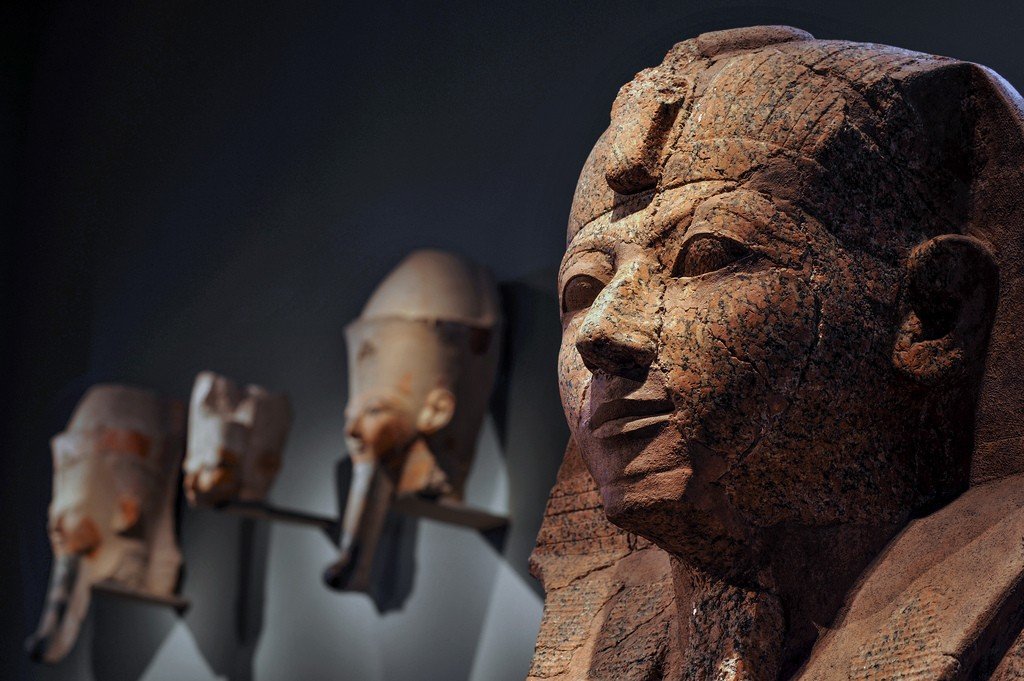
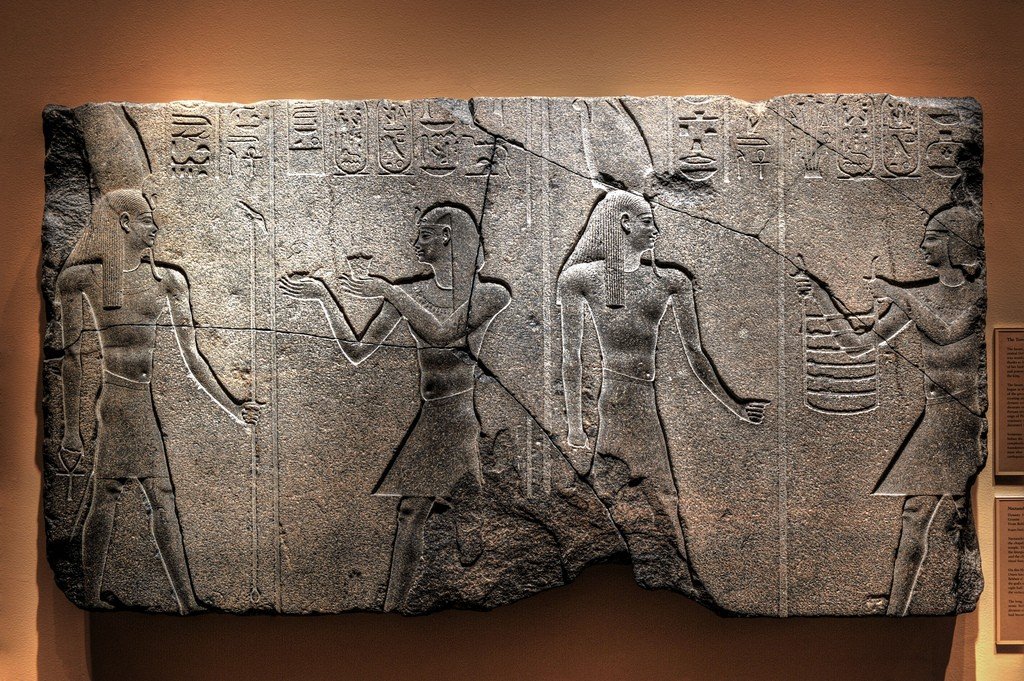
General Information
The main attraction of the Metropolitan Museum of Art are the halls of Egyptian art, paintings and sculptures by American masters, weapons and armor, modern art, Greek and Roman art, paintings by European artists and the magnificent roof terrace, where you can enjoy a bar. The views from there are spectacular all summer long. Remember that the recommended fee (it’s really a tip) also includes a visit to the Cloisters on the same day.
.
Tel: 212-535-7710; www.metmuseum.org; 1000 Fifth Ave, near 82nd St; recommended fee $25, kids free; 9:30 a.m.-5:30 p.m. Tues-Thursday and Sunday, 9:30 a.m.-9:00 p.m. Fri, Sat.
..This museum can rightfully be ranked alongside the Hermitage, the Louvre, and the Prado. The Metropolitan Museum of Art was opened by New York art lovers in 1870, and today it is the largest collection of works of art in the Western Hemisphere. The current museum building is styled after an Italian Renaissance palace. Over time, the Met has grown by as much as four blocks. In the early 80’s, all the museum buildings were united under a huge glass gallery-orangery, at the same time including in this winter garden Empire portico of the demolished Federal Bank architect Thompson (1823). entirely transferred from Egypt, an ancient temple of the Hellenistic period and stained glass Tiffany workshop of the early XX century.
.With two million exhibits, the museum’s housed collection spans all periods of human history, from Paleolithic to Pop Art, all geographical regions, from Europe to the Far East to Patagonia, and all art forms, from academic canvases to Japanese water sculptures and feather masks from Oceania. One of the most impressive halls is the Assyrian Hall, where huge winged bulls stand guarding the entrance to the throne room of King Ashurnasirpal II 3,000 years ago.
The bas-reliefs adorning the walls with bearded warriors and cuneiform writing are taken from the same palace. The antique collection includes splendid black-figure and red-figure vases, tombstones and magnificent Attic sculptures from the Archaic period. Only Athens has a more impressive collection of them.
The main star of the pictorial collection is Vermeer. Five of his canvases hang in the Metropolitan – more than in the British Museum. There are also 21 Cézannes, 37 Monets, and an incredible array of other notable paintings. Plus Chinese calligraphy, painted Japanese screens and Hokusai’s color prints (the infamous “36 Views of Mount Fuji”). The whole string of rooms reproduces different styles and epochs: a Rococo bedroom, a Parisian salon of the XVII century, a baroque Venetian palazzo of the XVIII century, a living room of a country house of an English Esquire of the XIX century with a milkman and clavichords, and so on up to a room of Quaker settlers in America of the second half of the XIX century with a wash pitcher and a stove-bourgeois stove pipe going into the window. Everywhere, of course, authentic furniture, upholstery, dishes and so on. To look at all this even from behind the rope sometimes turns out to be much more interesting than marching along the battalions of paintings. April 18, 1870 is the official date of birth of the museum. And the first gift – the collection of the former American consul in Cyprus, General Chesnol, which consisted of about 9 thousand works of arts and crafts and monuments of antiquity. Banker Bend Altman donated such masterpieces of painting as “Self-Portrait” by Rembrandt, paintings by Durer, Velasquez, Botticelli, Titian. “Sleeping Girl” by Dutchman Vermeer of Delft (there are only 35 paintings by this amazing artist in the world).
.
In 1929, the widow of the “sugar magnate” Louise Havemeir bequeathed her collection to the museum. Among the gifts were masterpieces such as El Greco’s “Portrait of the Cardinal.” “Mahi on the balcony” by F. Goya, drawings and prints by Rembrandt, paintings by E. Manet, C. Monet, Degas, Cézanne. It is worth stopping here, otherwise the guidebook will swell to a giant catalog of treasures collected in this place.
.
The peculiarity of this museum is the presentation of the material, the desire as if to transport visitors to a distant era, to a foreign country on a time machine. A striking example is the “Villa Blunca” (Villa Blunca). For 10 years (from 1506 to 1515) the Italian nobleman Pedro Fakardo i Chacon built his castle. The decoration of this castle was the patio courtyard, made according to the best examples of Italian exquisite architecture of that time. It took more than 2000 marble blocks. Balconies, arches, columns are made of them. All this is collected in the museum in a separate hall, which accurately reproduces this courtyard created by Italian masters.
.